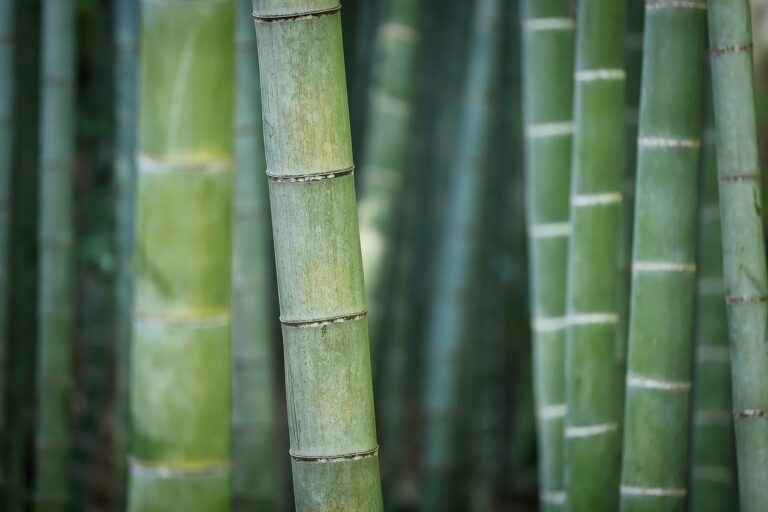Thermally modified bamboo, also known as thermo bamboo, is a new type of engineered material made from bamboo using thermal modification and high density compression wood manufacturing technology.
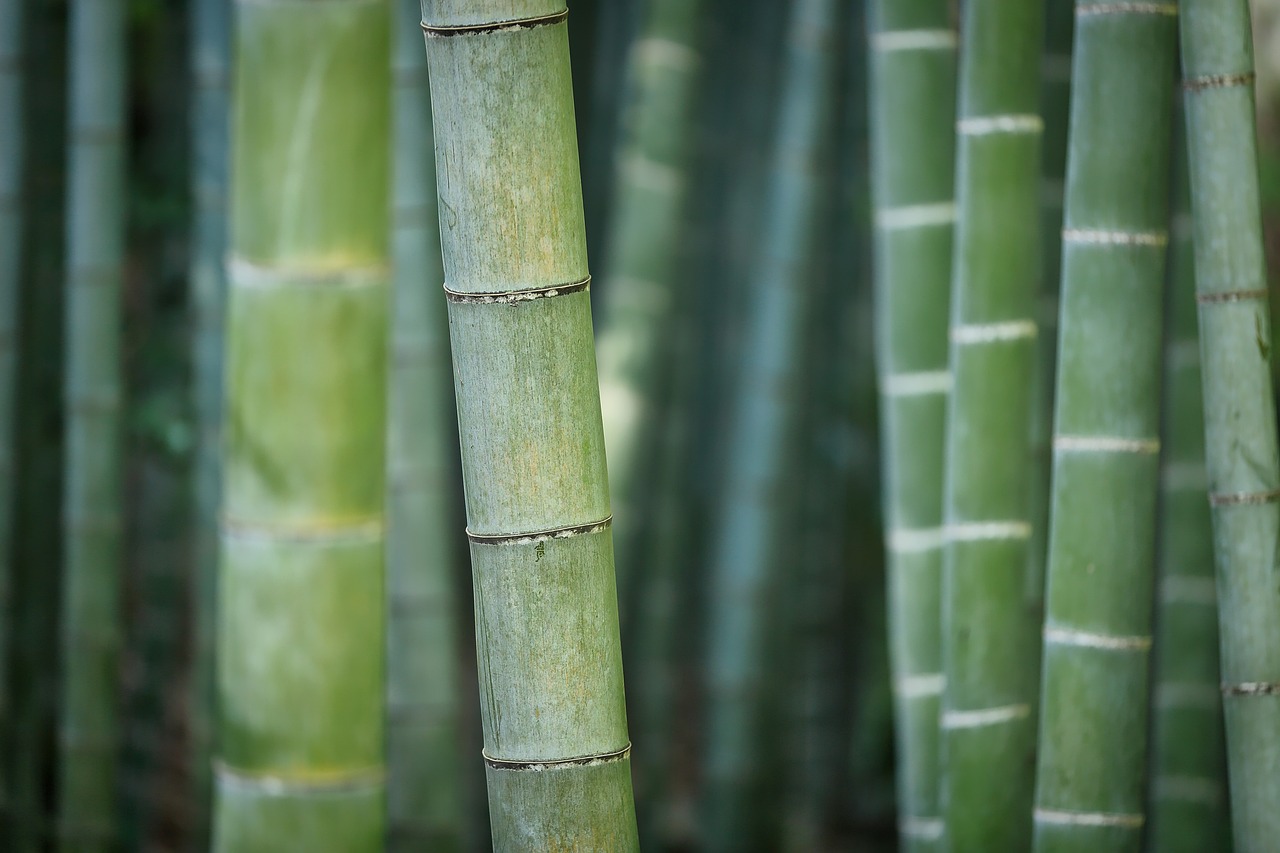
The process involves breaking down bamboo into continuous, loosely structured fiber bundles that retain the original orientation of the bamboo fibers. These bundles are then carbonized, glued, re-dried, compressed and molded into boards or square profiles using molds with specific shapes and dimensions.
Thermally modified bamboo maximizes the efficient use of plant fiber materials while retaining the excellent mechanical and physical properties of bamboo.
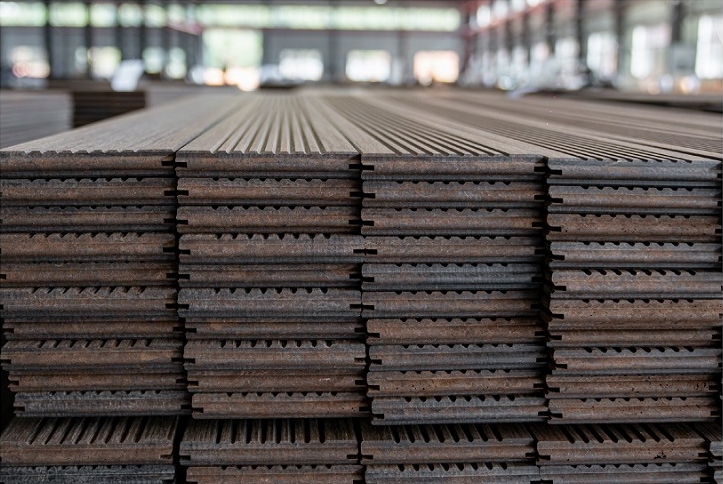
What Are the Characteristics of Thermally Modified Bamboo?
Compared to other engineered bamboo products, thermo bamboo does not undergo extensive cutting, slicing, or peeling processes before being compressed into boards. This gives it unique characteristics, distinct properties, and a wide range of applications.
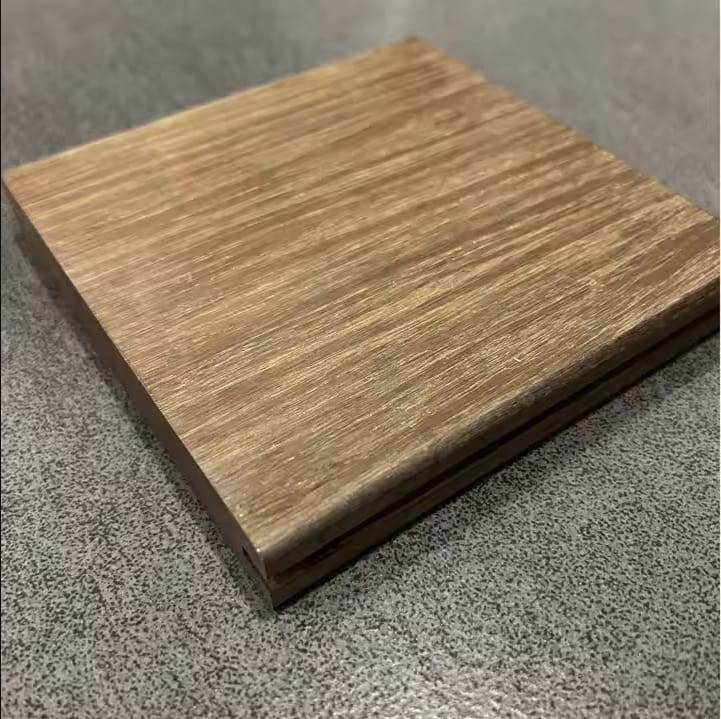
(1) Abundant Raw Materials
Bamboo is a fast-growing, renewable resource that can be harvested within 4-6 years. With proper forest management and sustainable harvesting practices, bamboo forests can provide a continuous supply of raw material. This makes bamboo an eco-friendly resource that supports sustainable development.
Various types of bamboo, including moso bamboo, phyllostachys, giant bamboo, and other large- and small-diameter bamboo species, can be used to produce thermo bamboo.
(2) High Material Utilization
Thermally modified bamboo can achieve a material utilization rate of over 90%, far exceeding that of solid wood, where utilization is only around 30%. In comparison, bamboo glulam requires high-quality thick-walled bamboo, with a utilization rate of about 20%. Additionally, when thermo bamboo is used for furniture, its effective material utilization remains high, reducing waste and optimizing resources.
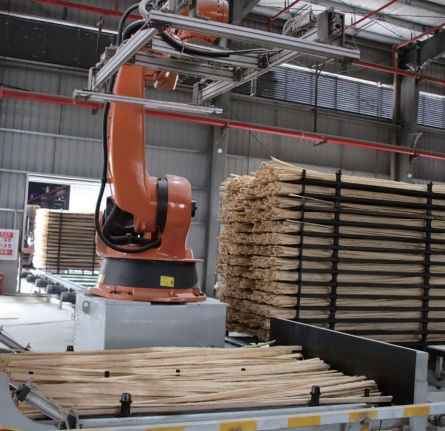
(3) Beautiful Appearance
Thermally modified bamboo has a natural wood-like texture with visible wood-like vascular grooves. Its surface patterns can resemble straight-grain wood (radial patterns) or flame patterns (tangential patterns), creating a natural and appealing aesthetic.
It is available in various colors, including natural light brown, carbonized tea brown, and even zebra patterns that combine light and dark tones. Moreover, it can be dyed to mimic the appearance of valuable hardwoods, offering a warm and pleasant tactile experience similar to natural wood.
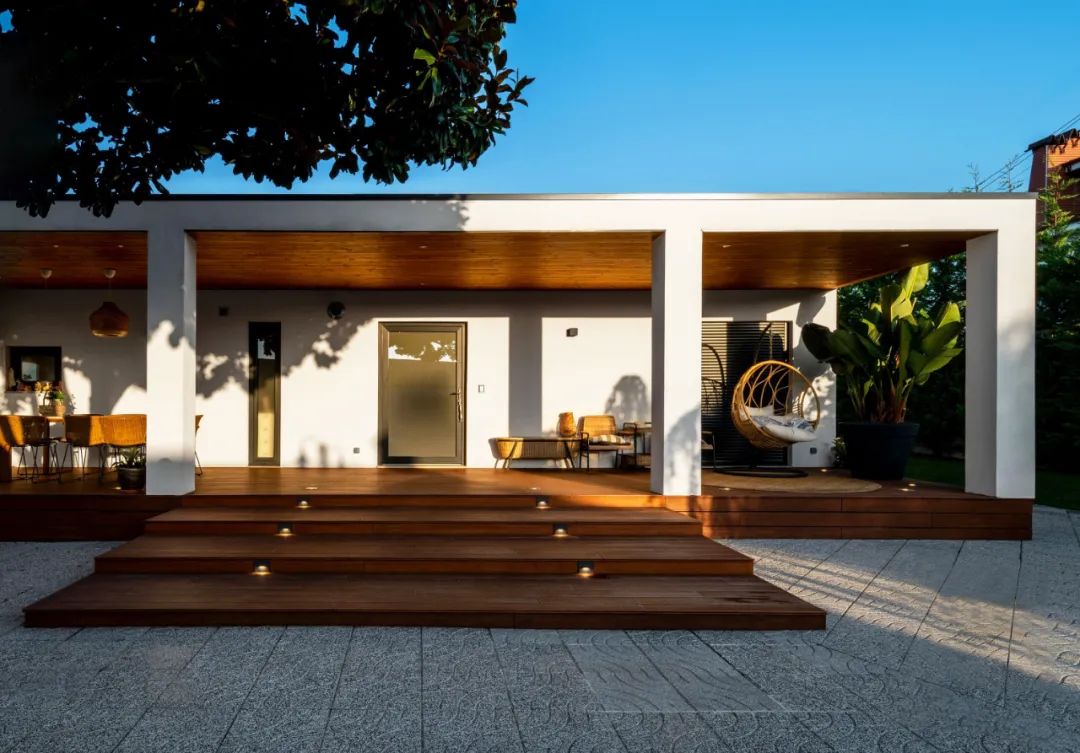
(4) Superior Performance
Thermally modified bamboo boasts excellent mechanical and physical properties. For example, ZHUART thermo bamboo achieves the following performance:
- Density: 1150–1250 kg/m³, surpassing most hardwoods.
- Bending Strength: ≥80 MPa
- Modulus of Elasticity (MOE): ≥10,000 MPa
- High impact resistance and wear resistance
- Fire Resistance: Class Bf1-s1 (EN 13501-1), achieved without the use of eco-damaging fire retardants.
- Low formaldehyde emissions: VOC emission class E1
(5) Easy to Process
Thermally modified bamboo can be processed using conventional woodworking tools and techniques. Furniture made from thermo bamboo can adopt traditional solid wood joinery methods or utilize modern connection structures. It can be glued with wood adhesives, and the finishing and coating process is similar to that of traditional wood.
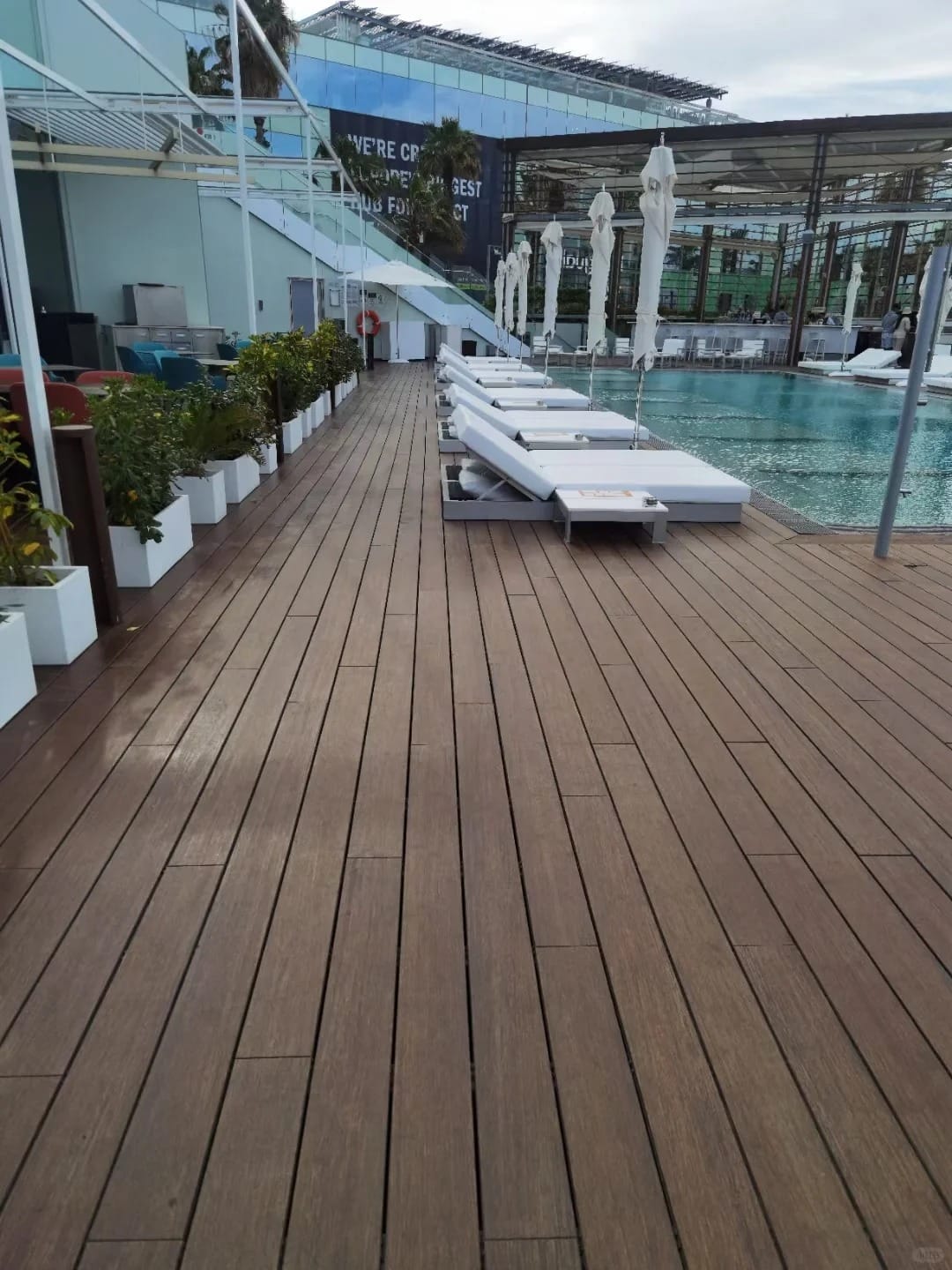
2. Where Can Thermally Modified Bamboo Be Applied?
Thermo bamboo was initially used primarily in outdoor flooring and cladding, replacing high-quality hardwood and gaining popularity in European and U.S. markets. In recent years, it has gained traction in the furniture industry and beyond.
Due to its resemblance to hardwood in color, texture, and mechanical properties, thermo bamboo is often used as a substitute for hardwood in the production of decking, cladding, fencing, and outdoor furnitures. It exhibits the same aesthetic appeal as hardwood, including intricate carvings and exquisite craftsmanship. The high quality and competitive pricing of thermally modified bamboo make it a popular choice among consumers.
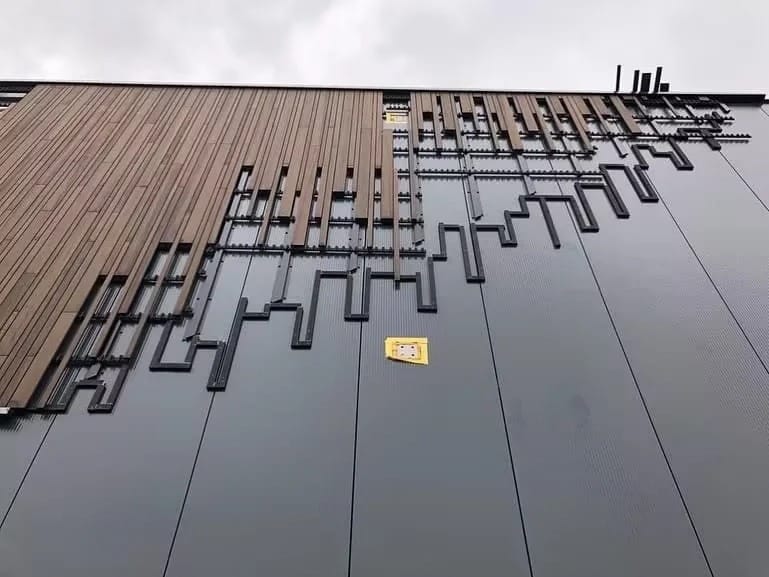
3. How Thermally Modified Bamboo Contribute to Environmental Protection and Sustainable Growth?
Precious hardwoods such as rosewood, red sandalwood, blackwood, and teak grow in tropical rainforests in Southeast Asia, the Americas, and Africa. These species take over a century to mature, and excessive deforestation has brought many of these resources to the brink of extinction. To protect the environment, logging has been restricted in many regions.
Similarly, high-quality softwood and hardwood species, such as ash and pine, take decades to mature. In contrast, bamboo regenerates rapidly and reaches maturity within 4–6 years. In this context, thermo bamboo emerges as an innovative and sustainable material that can effectively replace hardwood in various applications.
With a service life that can exceed 25 years, thermally modified bamboo is redefining the future of sustainable building materials.
More about sustainability of bamboo: Bamboo as a Sustainable Building Material

4. Real-World Applications of Thermally Modified Bamboo
Today, thermally modified bamboo is widely used as a sustainable and durable alternative to hardwood in various industries. Below are real-world applications of thermo bamboo from ZHUART, one of the largest manufacturers of thermally modified bamboo, with an annual production capacity of 2 million square meters.
(1) Flooring and Decking
Example: Eco-friendly bamboo decking manufactured by ZHUART installed at George-Valbon Park in Île-de-France, along the scenic river walkway.

(2) Cladding and Facades
Example: Thermally modified bamboo cladding produced by ZHUART installed in an eco-villa in the Netherlands.

(3) Outdoor Structures
Example: Thermally modified bamboo tables and benches produced by ZHUART used in public parks and commercial spaces.
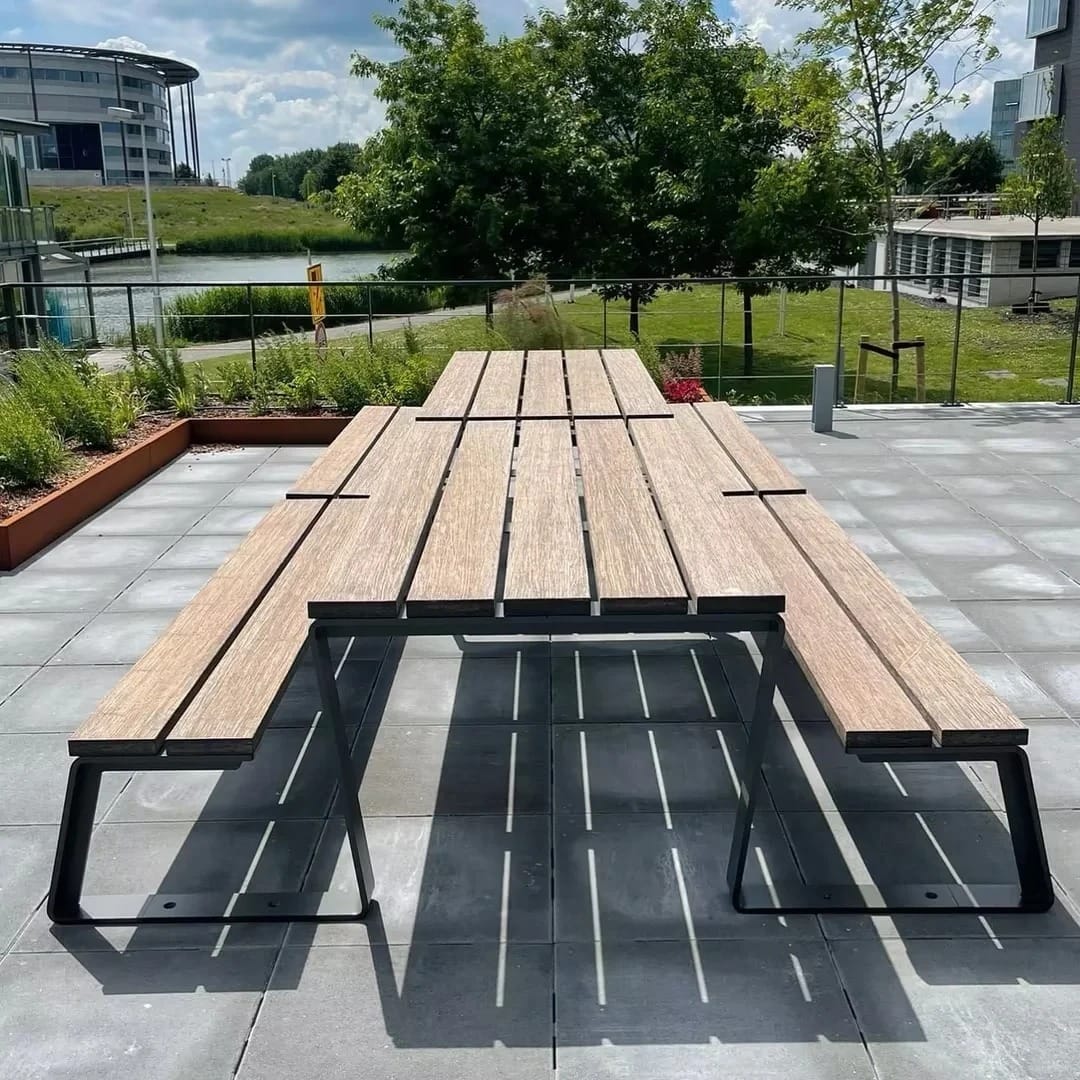
(4) Luxury Hotel Installations
Example: Thermally modified bamboo flooring manufactured by ZHUART installed in the Ritz-Carlton Hotel at Saudi Arabia’s Red Sea Project.
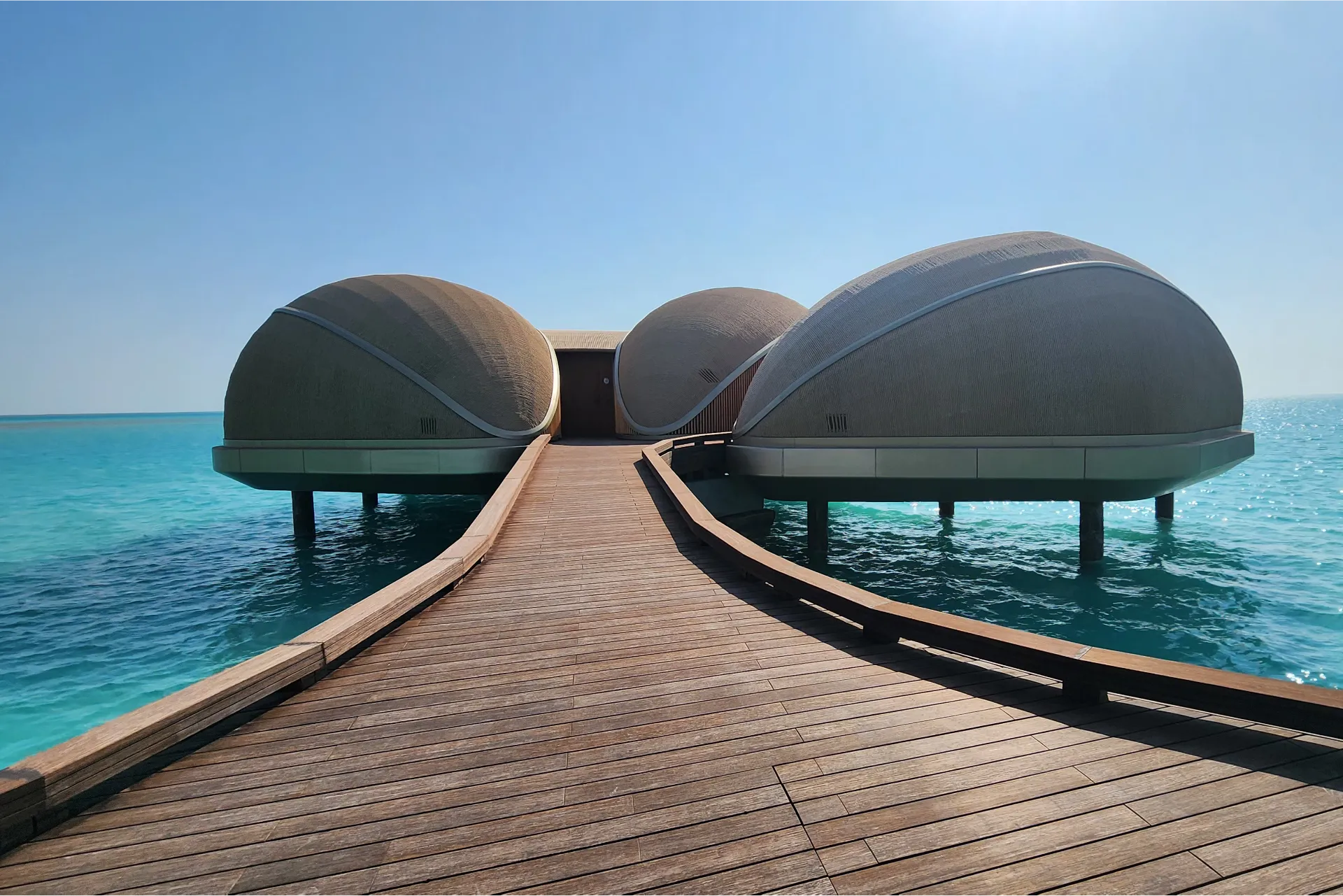
About ZHUART Bamboo:
ZHUART is a global leader in bamboo innovation and one of the largest manufacturers of thermally modified bamboo in the world.
Founded in 2010, we operate state-of-the-art manufacturing complexes spanning 163,000 m² across Fujian and Zhejiang provinces in China, with an annual production capacity of 2 million square meters. Supported by a dedicated team of over 500 professionals, including 16 senior engineers, we have delivered more than 4 million square meters of bamboo solutions to 103 countries since 2011.
Explore the future of sustainable building materials with ZHUART Bamboo.
Company website: https://zhuartbamboo.com/



